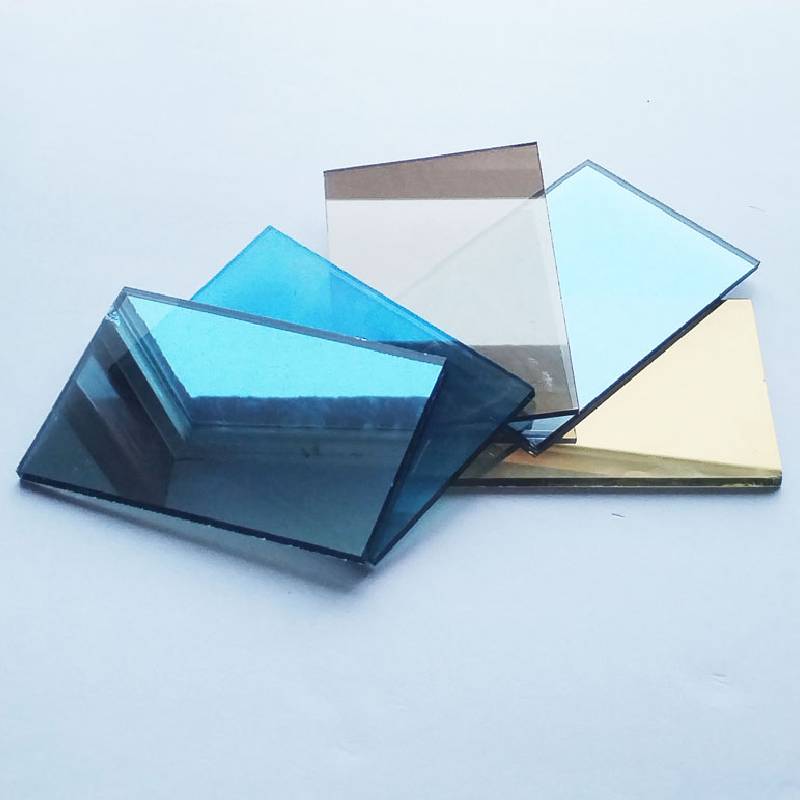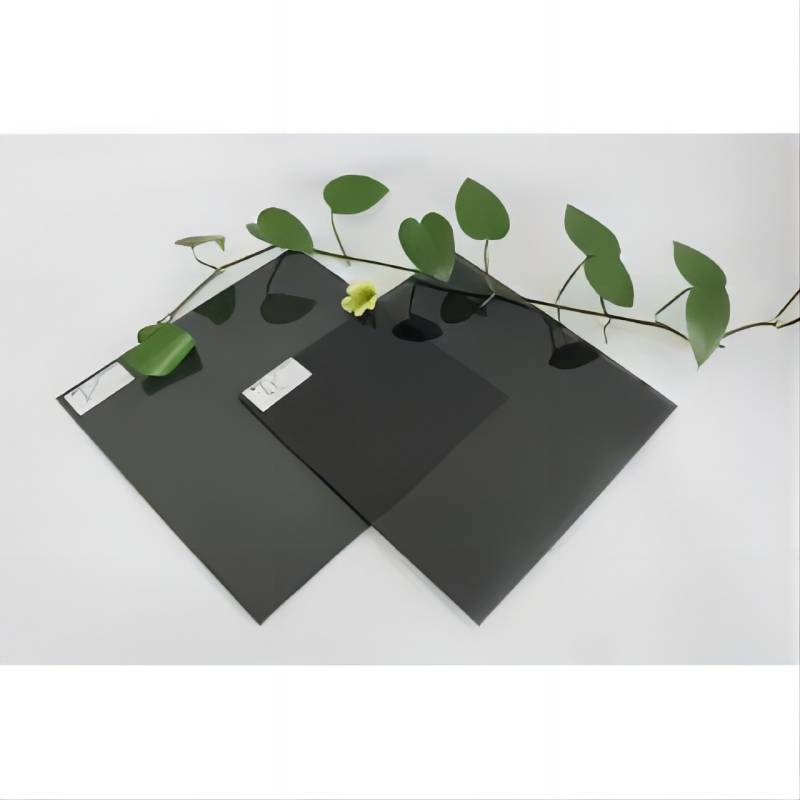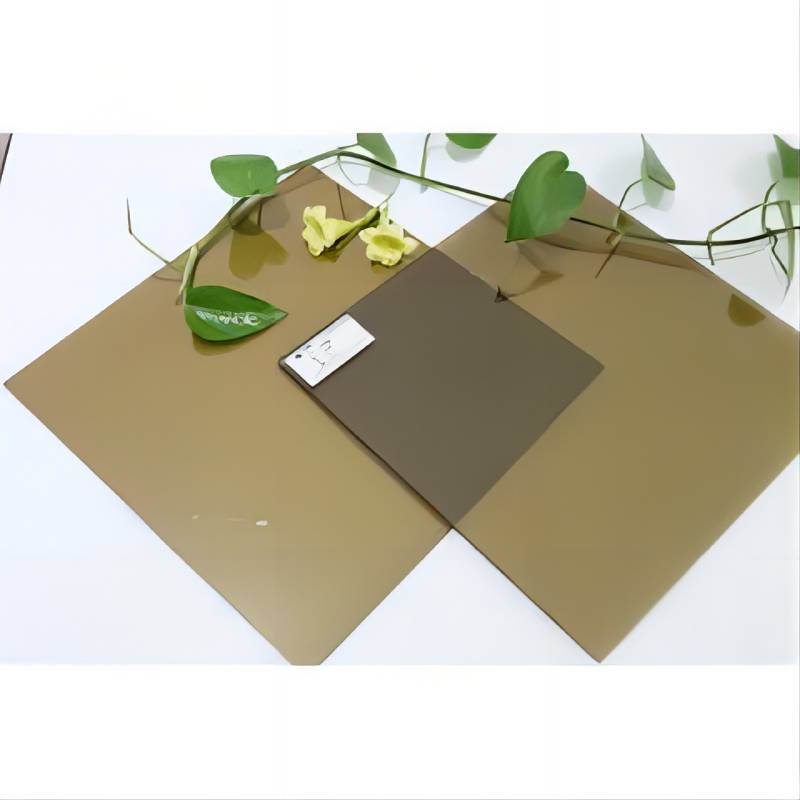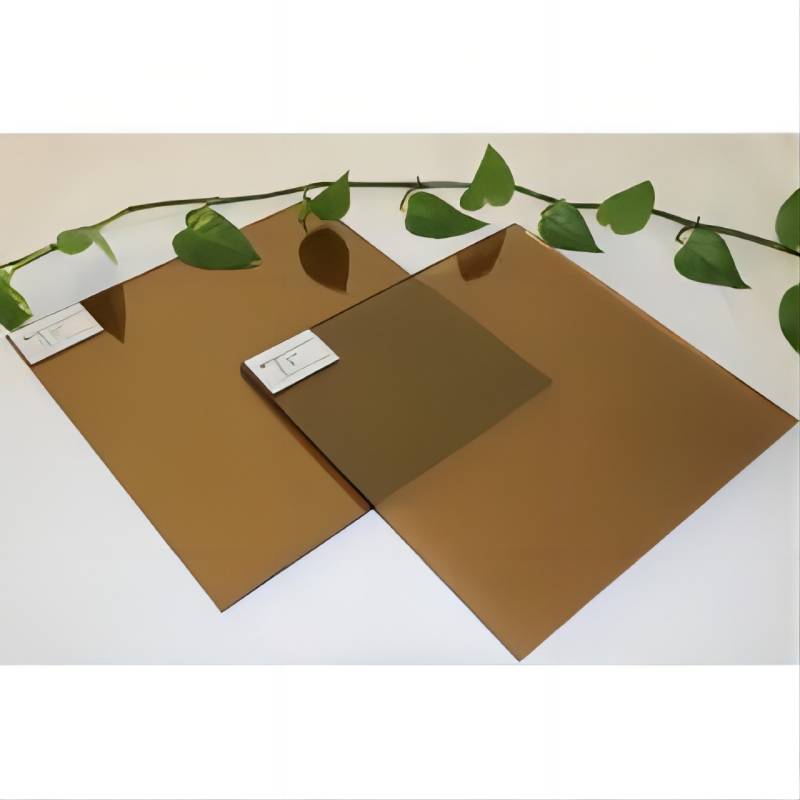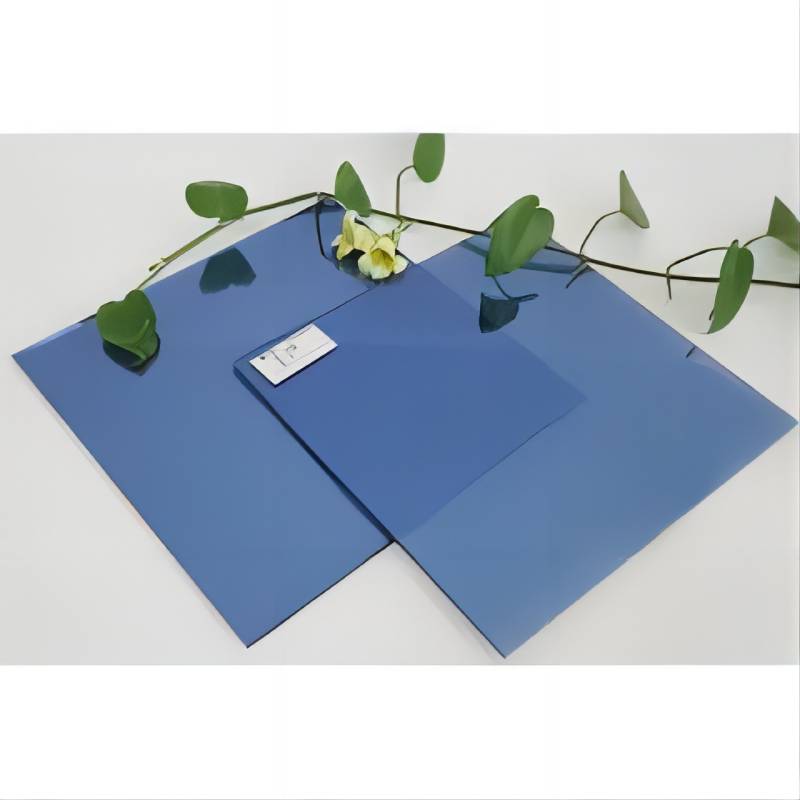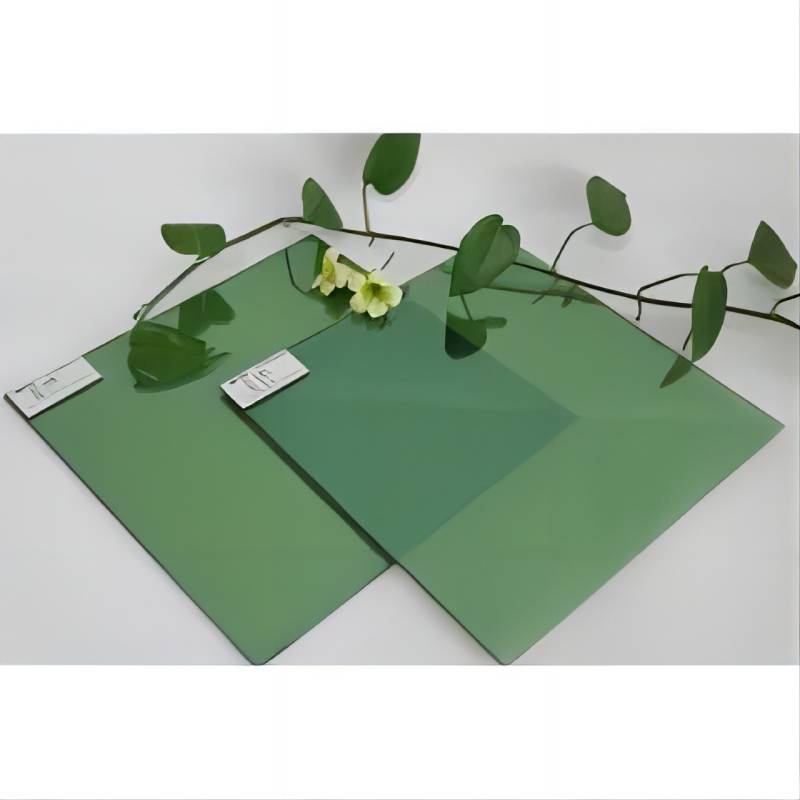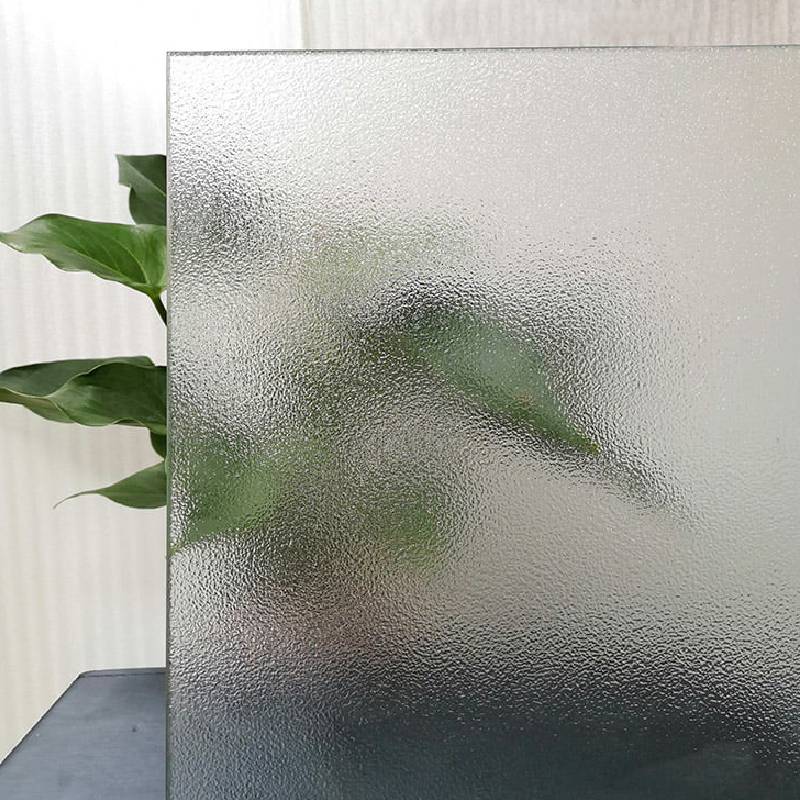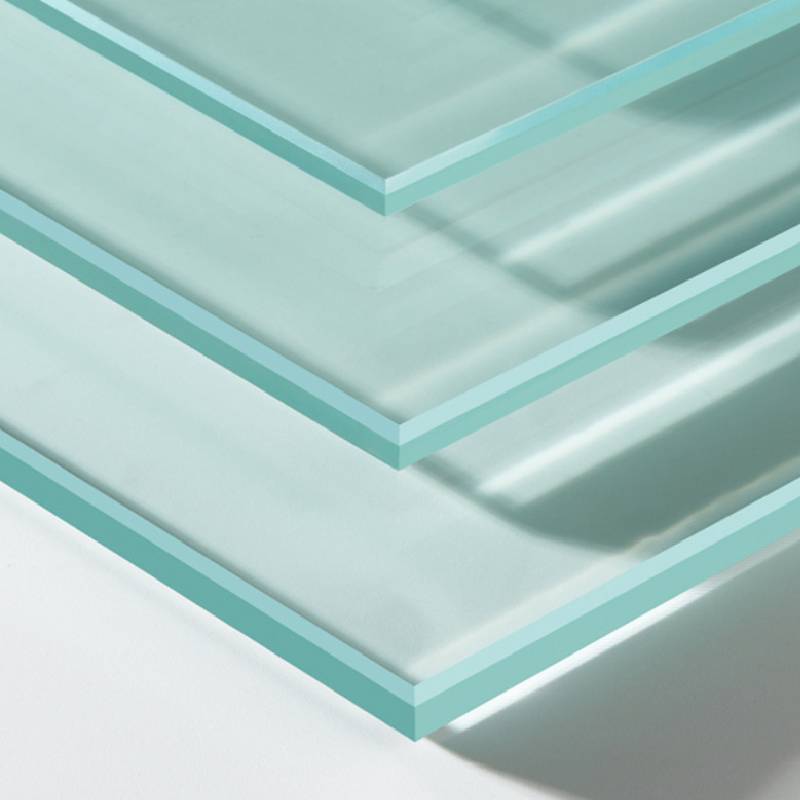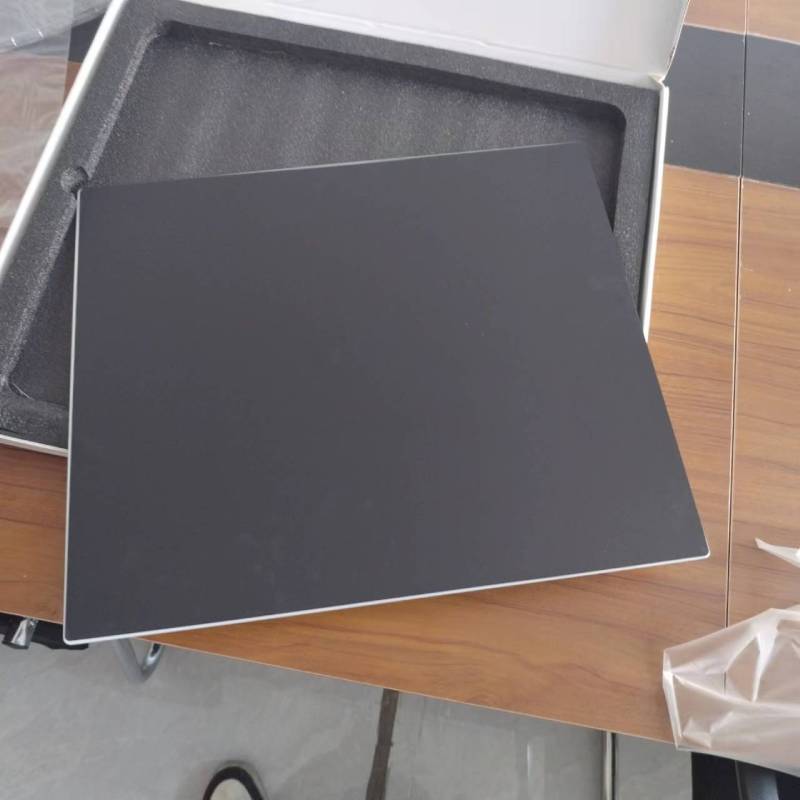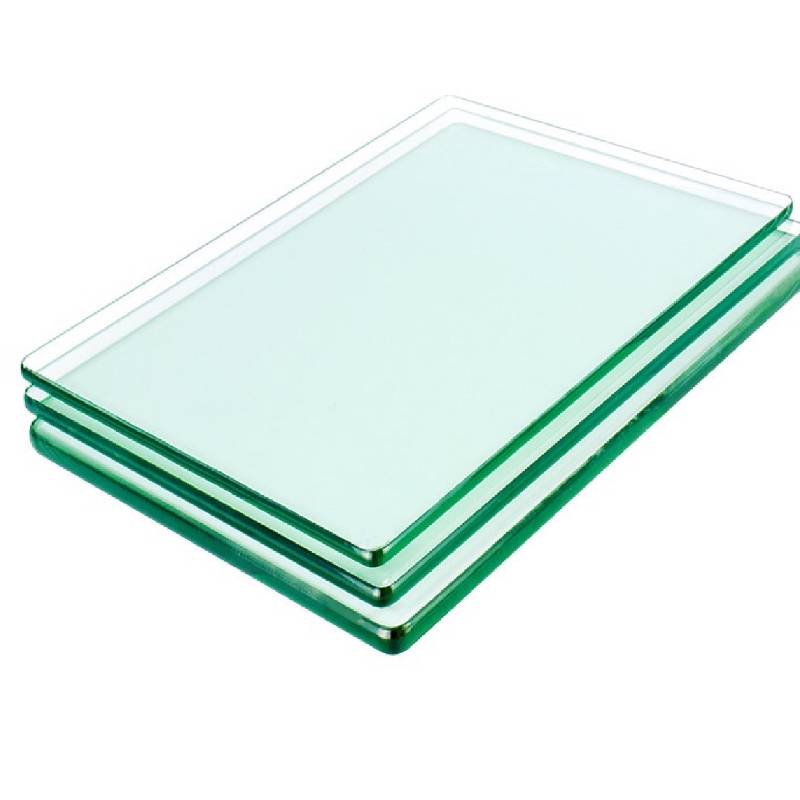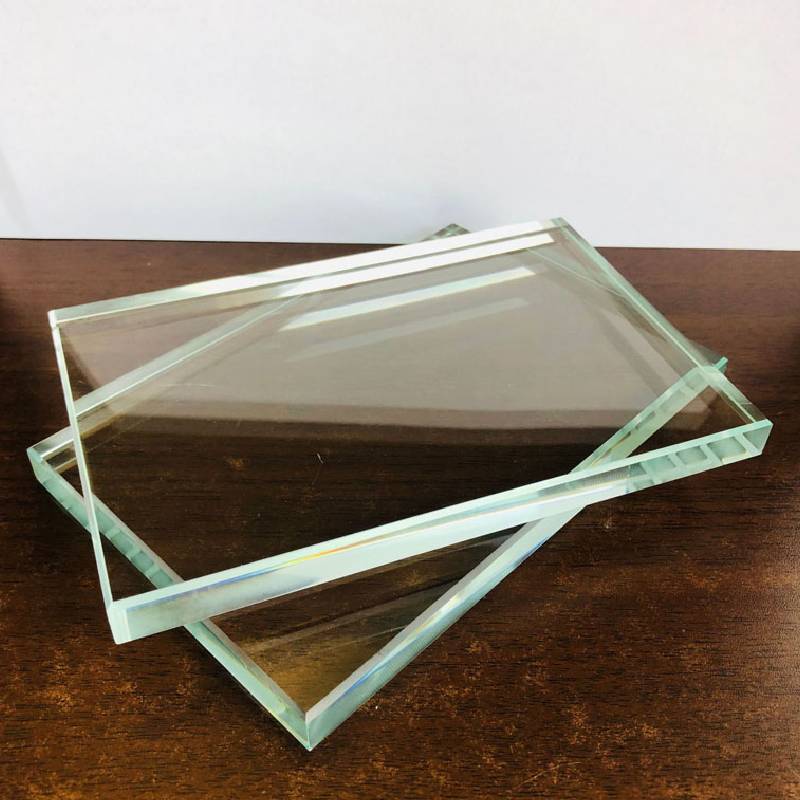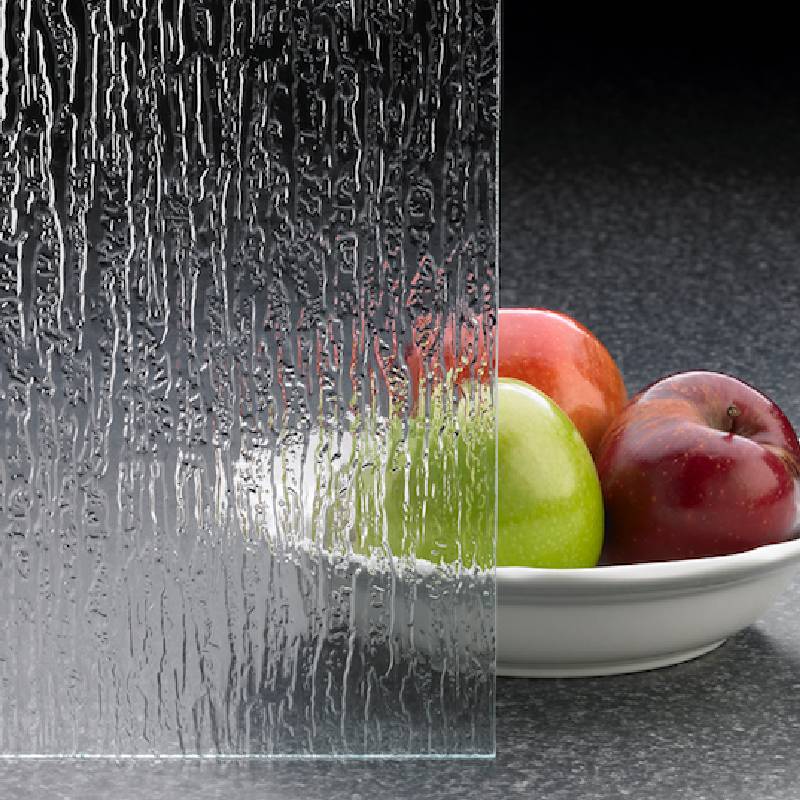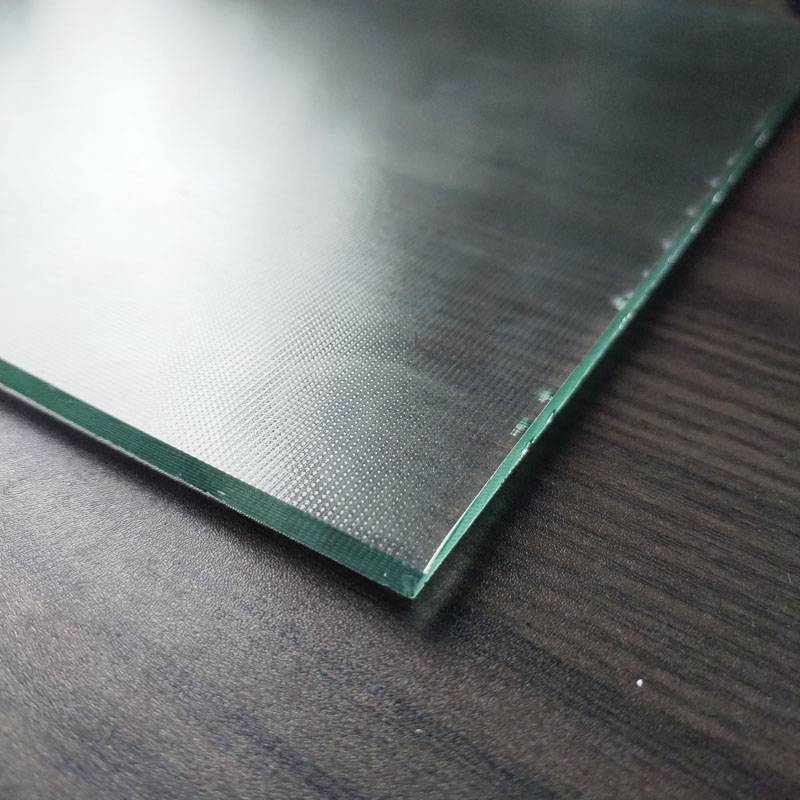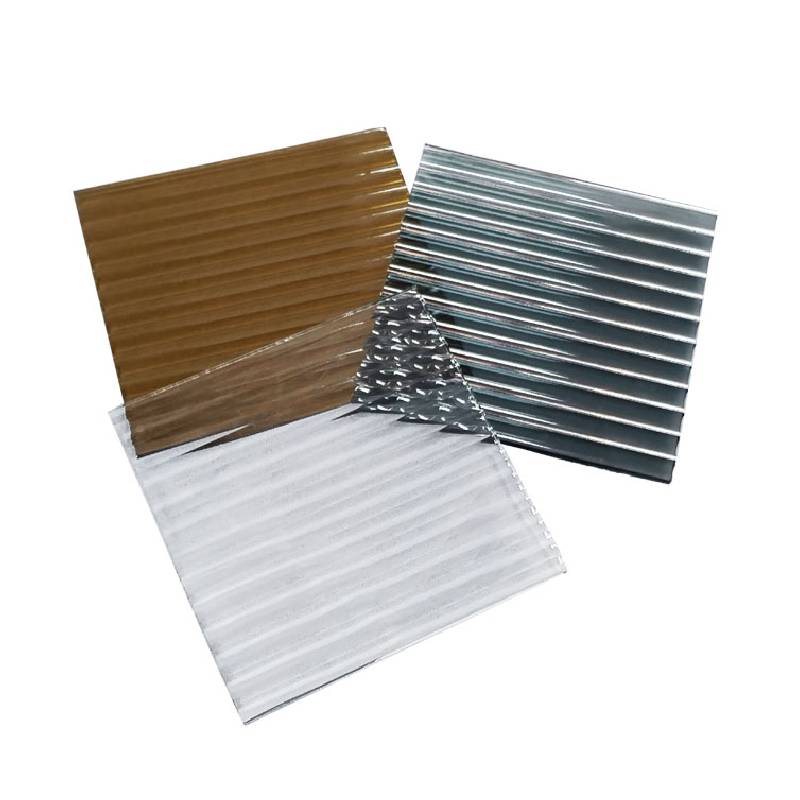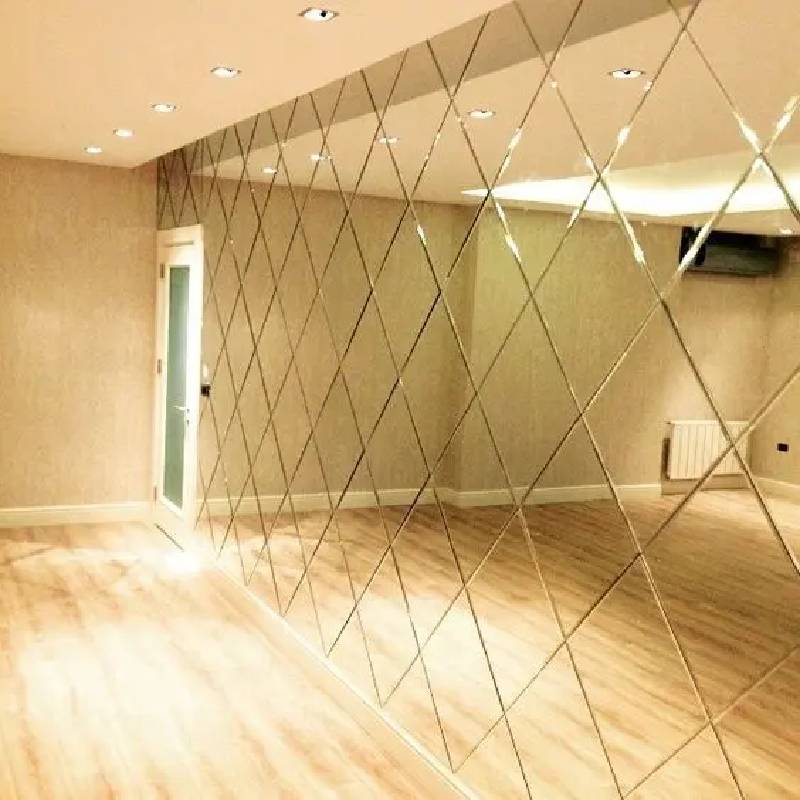Type: light blue reflective glass, dark blue reflective glass, light green reflective glass (French green reflective glass), dark green reflective glass (emerald green reflective glass), brown reflective glass, bronze reflective glass, European gray reflective glass, dark Gray reflective glass, black reflective glass, gold reflective glass, silver reflective glass,
Thickness: 4mm, 5mm, 6mm.
Size: 1830*2440, 2140*3300, 2140*3660, 2140*1650, 2250*3300, 2250*3660, 2440*3660.
Color reflective glass is manufactured through a process known as vacuum sputtering or magnetron sputtering. This method involves depositing metallic oxides onto the surface of clear or tinted glass in a vacuum chamber. By controlling the composition and thickness of these metallic coatings, manufacturers can achieve a wide range of colors and reflective properties.
During the sputtering process, the glass substrate is placed in a vacuum chamber along with targets made of the desired metal oxides, such as titanium, zinc, or silicon. High-voltage electrical currents are then applied to the targets, causing atoms to be ejected and deposited onto the glass surface. The thickness and composition of these coatings determine the color and reflective characteristics of the glass.
Several parameters play a crucial role in determining the performance and appearance of color reflective glass:
- Visible Light Transmission (VLT): VLT refers to the percentage of visible light that passes through the glass. Different applications may require varying levels of VLT to control glare and brightness indoors.
- Solar Reflectance: This parameter measures the ability of the glass to reflect solar radiation, helping to reduce heat gain and energy consumption in buildings.
-
- U-Value: The U-value indicates the rate of heat transfer through the glass. Low U-values signify better insulation properties, contributing to energy efficiency in buildings.
-
- Color Rendering Index (CRI): CRI measures the ability of a light source to accurately reveal the colors of objects compared to natural light. High CRI values are desirable for applications where color fidelity is important, such as museums or retail spaces.
-
Color reflective glass finds applications across various sectors, thanks to its aesthetic appeal and functional properties:
- Architectural Facades: Reflective glass facades add a contemporary touch to buildings while improving energy efficiency by reducing solar heat gain. The reflective surfaces also create dynamic visual effects, especially in urban landscapes.
- Interior Design: In interior spaces, color reflective glass can be used for partitions, doors, and decorative elements to enhance natural light distribution and create visually striking environments.
- Automotive Industry: Reflective glass coatings are utilized in automotive windows to improve visibility, reduce glare, and enhance the overall appearance of vehicles. Additionally, they help regulate interior temperatures, improving comfort for passengers.
- Electronics: Color reflective glass is integral to the production of display panels for electronic devices such as smartphones, tablets, and televisions. The reflective coatings enhance screen clarity and color vibrancy, providing an optimal viewing experience for users.
- Solar Panels: Some variants of color reflective glass are engineered for use in photovoltaic solar panels, where they serve as protective layers while also optimizing light absorption for electricity generation.
 africano
africano  albanés
albanés  amárico
amárico  Arábica
Arábica  armenio
armenio  azerbaiyano
azerbaiyano  vasco
vasco  bielorruso
bielorruso  bengalí
bengalí  bosnio
bosnio  búlgaro
búlgaro  catalán
catalán  cebuano
cebuano  corso
corso  croata
croata  checo
checo  danés
danés  Holandés
Holandés  Inglés
Inglés  esperanto
esperanto  estonio
estonio  finlandés
finlandés  Francés
Francés  frisio
frisio  gallego
gallego  georgiano
georgiano  Alemán
Alemán  Griego
Griego  gujarati
gujarati  criollo haitiano
criollo haitiano  hausa
hausa  hawaiano
hawaiano  hebreo
hebreo  No
No  Miao
Miao  húngaro
húngaro  islandés
islandés  igbo
igbo  indonesio
indonesio  irlandesa
irlandesa  italiano
italiano  japonés
japonés  javanés
javanés  canarés
canarés  kazajo
kazajo  jemer
jemer  ruandés
ruandés  coreano
coreano  kurdo
kurdo  Kirguistán
Kirguistán  tuberculosis
tuberculosis  latín
latín  letón
letón  lituano
lituano  luxemburgués
luxemburgués  macedónio
macedónio  Malgashi
Malgashi  malayo
malayo  malayalam
malayalam  maltés
maltés  maorí
maorí  marathi
marathi  mongol
mongol  Birmania
Birmania  nepalí
nepalí  noruego
noruego  noruego
noruego  occitano
occitano  pastún
pastún  persa
persa  Polaco
Polaco  portugués
portugués  punjabi
punjabi  rumano
rumano  ruso
ruso  samoano
samoano  gaélico escocés
gaélico escocés  serbio
serbio  Inglés
Inglés  Shona
Shona  Sindhi
Sindhi  cingalés
cingalés  eslovaco
eslovaco  esloveno
esloveno  somalí
somalí  Español
Español  sundanés
sundanés  swahili
swahili  sueco
sueco  tagalo
tagalo  tayiko
tayiko  Tamil
Tamil  tártaro
tártaro  telugu
telugu  tailandés
tailandés  turco
turco  turcomano
turcomano  ucranio
ucranio  urdu
urdu  uigur
uigur  uzbeko
uzbeko  vietnamita
vietnamita  galés
galés  Ayuda
Ayuda  yídish
yídish  Yoruba
Yoruba  zulú
zulú 

